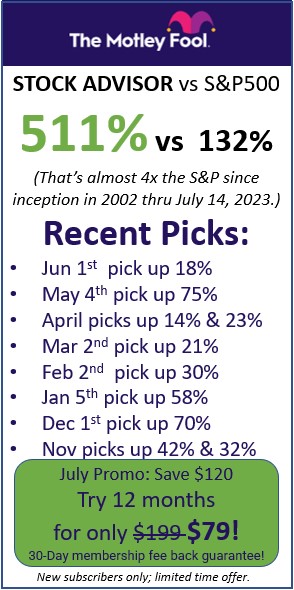Definition
P/E Ratio. It sounds good and makes novice investors feel like they have a grasp of the situation but how valuable is the Earnings Price Ratio? Surprisingly, the price to earnings ratio is a useful tool but certainly not the holy grail of investing as it is sometimes made out to be. For those novice investors, the P/E Ratio provides a numeric representation of the value between the stock price and earnings. To derive the P/E Ratio you divide the share price by the company’s EPS or Earnings Per Share. The formula looks like this: P/E = Stock Price/ EPS
- Market sentiment. An overly optimistic P/E Ratio can indicate the market expects big things from this company. Temper optimism with reality.
- Cover priced or over-bought. A high P/E Ratio can indicate a given stock is priced to high and ready for a correction. Be sure to compare against industry norms.
- Lack of confidence. A low P/E Ratio may indicate a lack of confidence in the future of the company.
- Sleeper. A low P/E Ratio might be a sleeper just waited to be discovered.
Example
For example, if a company is currently trading at $43 a share and earnings over the last 12 months were $1.95 per share, the P/E ratio for the stock would be 22.05 ($43/$1.95).
Coca-Cola and Pepsi operate in the same industry and produce goods that are very similar in nature.
Coca Cola’s (KO:NYSE) stock price (Price per Share): $66
Coca-Cola’s Earnings-per share (EPS): $5.26
Coca-Cola’s P/E Ratio: $66 / $5.26 = 12.55
Pepsi’s (PEP:NYSE) stock price (Price per Share): $69
Pepsi’s Earnings-per share (EPS): $3.73
Pepsi’s P/E Ratio: $69 / $3.73 = 18.50
From our calculations, we can see that Pepsi has a higher P/E Ratio than Coca-Cola.
This could be perceived a couple of different ways:
- Coca-Cola is under-valued and should be bought.
- Pepsi is over-valued and should be sold or shorted.
- Investors do not perceive Coca-Cola as doing as well as Pepsi presently.
- Pepsi is launching a new product that Coca-Cola is not.
The truth is normally some combination of these perceptions.
How to use the P/E Ratio
The P/E Ratio by itself is just a number. Just because it is high or low does not lend much intuition by itself.
But, when we compare P/E ratios between companies and industries, we really start getting the picture for the particular company we are analyzing.
It does not make much sense to compare P/E Ratios of companies across different industries, as each industry has its own unique way of conducting business.
It’s like comparing a doctor with an engineer to see which one is more valuable.
Hence, if comparing P/E ratios, you should compare between companies in the same or similar industries.
You may also compare the P/E ratio of a company to the P/E Ratio of the entire industry that it operates in to analyze whether the stock is over or under-valued.
How to interpret the P/E Ratio
High P/E Ratio may mean:
Market sentiment: An overly optimistic P/E Ratio can indicate the market expects big things from this company. The company has high growth possibilities.
Lifecycle: The company could be entering into the Growth or Shake-Out stage of its lifecycle.
Industry: Specific Industries have a certain level for the P/E Ratios. For example most technology companies have high P/E Ratios.
Cover priced or over-bought: A high P/E Ratio can indicate a given stock is priced to high and ready for a correction. This means that it might be over-valued. Be sure to compare against industry norms.
Low P/E Ratio may mean:
Lack of confidence: A low P/E Ratio may indicate a lack of confidence in the future of the company.
Lifecycle: The company could be in the Mature or Decline stage of its lifecycle.
Industry: Specific Industries have a certain level for the P/E Ratios. For example most utility companies have low P/E Ratios.
Sleeper: A low P/E Ratio might be a sleeper just waiting to be discovered. This means that it might be undervalued, and a perfect time to start buying the shares.
Important Note
- The Earnings-Per-Share in the P/E Ratio formula is a number that comes from the accounting books of the company.
- Hence, it is possible to manipulate the EPS and hence the P/E Ratio in order to trick investors into perceiving the stock differently.
- It is important to independently verify that the company’s’ financial statements are sound and true.
Conclusion
A PE Ratio is an important valuation tool that can give key insights into whether a stock may be over or under-valued.
Also sometimes known as “price multiple” or “earnings multiple.”
BEGINNERS: Learn To Trade Stocks
Click Here to see all Beginner Stock Trading Articles

 US dependence on Saudi Oil falls!
US dependence on Saudi Oil falls! How to build a $1,500 Financial Literacy Lab at your school
How to build a $1,500 Financial Literacy Lab at your school